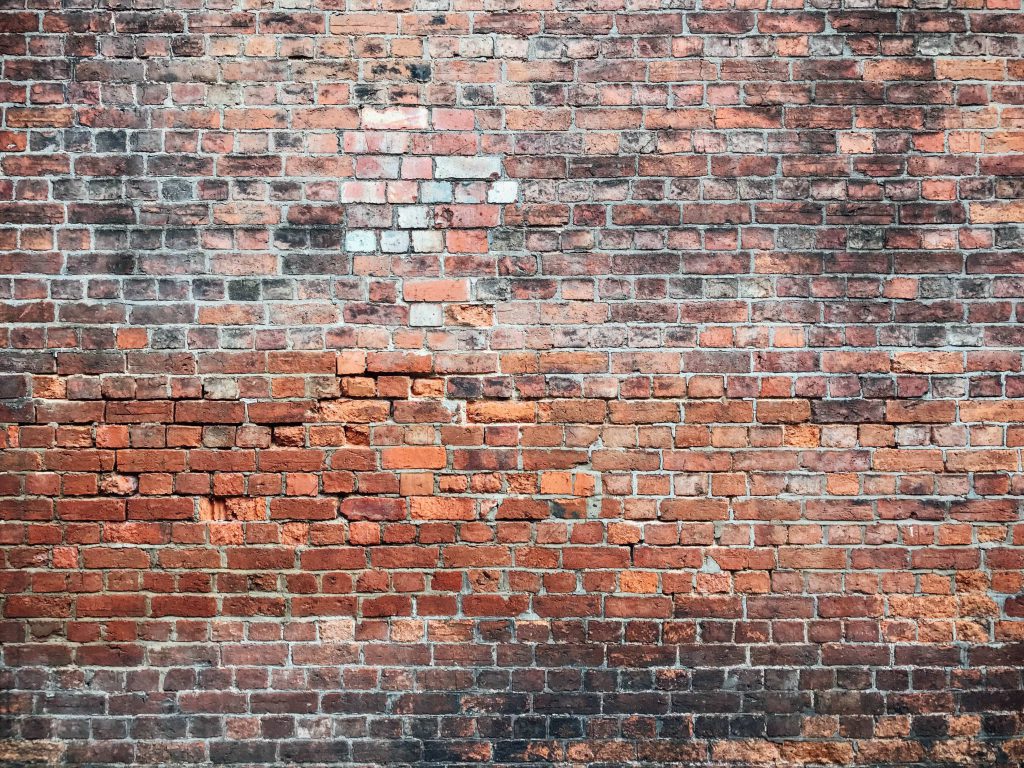Wall insulation is a topic shrouded in myths and misconceptions. From the belief that exterior walls need to "breathe" to the notion that more insulation leads to increased humidity, these myths can lead to costly mistakes. This article aims to demystify four common misconceptions about wall insulation, providing you with accurate information to make informed decisions and potentially save on heating costs.

Myth 1: Exterior walls need to "breathe"
Contrary to popular belief, exterior walls do not need to "breathe." In fact, insulating walls from the outside is recommended. This method creates an airtight envelope, eliminating thermal bridges and significantly improving your home’s energy efficiency.
Understanding wall breathing
– Wall "breathing" is a misconception; walls need to be airtight.
– Proper insulation and ventilation are key to preventing moisture issues.
Myth 2: Air in cavity walls is sufficient insulation
Another common belief is that the air in cavity walls provides adequate insulation. However, air alone is not as effective as modern insulation materials. For optimal energy efficiency, it’s essential to insulate cavity walls with appropriate materials.
Insulating cavity walls
– Air gaps in walls are poor insulators compared to modern materials.
– Filling these gaps with proper insulation can significantly reduce energy loss.
Myth 3: Partial insulation is pointless
It’s a misconception that partially insulating your home is futile. Insulating even a single area of your home can lead to savings on heating costs. Less heat loss means lower heating expenses, benefiting your comfort and wallet in the long run.
Benefits of partial insulation
– Partial insulation can still provide significant energy savings.
– It’s a cost-effective solution for gradual home improvement.
Myth 4: Cavity wall insulation causes more humidity
Over the years, insulation materials have significantly improved, becoming moisture-resistant, including fiberglass. This means that moisture from inside the house can condense and pass through the insulation without causing major issues. However, it’s still recommended to install controlled mechanical ventilation (CMV) or regularly ventilate your home to refresh the indoor air.
Managing humidity with insulation
– Modern insulation materials are designed to manage moisture effectively.
– Adequate ventilation is crucial in maintaining a healthy indoor environment.
Understanding the importance of wall insulation
Wall insulation is a crucial step in enhancing your home’s energy efficiency and reducing heating costs. It’s an investment that pays dividends in the long term, both for your comfort and your wallet.
Investing in quality insulation
– Quality insulation can lead to significant energy savings.
– It improves indoor comfort and contributes to a healthier living environment.
Choosing the right insulation material
Selecting the appropriate insulation material is vital for achieving the desired energy efficiency. Each material has its unique properties and suitability for different types of walls.
Insulation material options
– Fiberglass: Popular for its affordability and effectiveness.
– Foam board: Excellent for exterior wall applications.
– Spray foam: Provides an airtight seal, ideal for irregular spaces.
Professional installation vs. DIY
While some homeowners may opt for DIY insulation projects, professional installation ensures that the insulation is correctly and safely installed, maximizing its effectiveness.
Benefits of professional installation
– Expert assessment of your home’s specific insulation needs.
– Proper installation techniques for maximum efficiency.
Long-term benefits of wall insulation
The long-term benefits of wall insulation go beyond just energy savings. It also contributes to reducing your carbon footprint, enhancing the value of your property, and providing a more comfortable living space.
Environmental and economic impact
– Reduced energy consumption leads to lower carbon emissions.
– Increased property value and appeal to energy-conscious buyers.
In conclusion, understanding and implementing proper wall insulation practices can lead to significant benefits. By debunking these common myths, homeowners can make informed decisions, leading to improved home efficiency, comfort, and savings.

 Open Immovlan
Open Immovlan